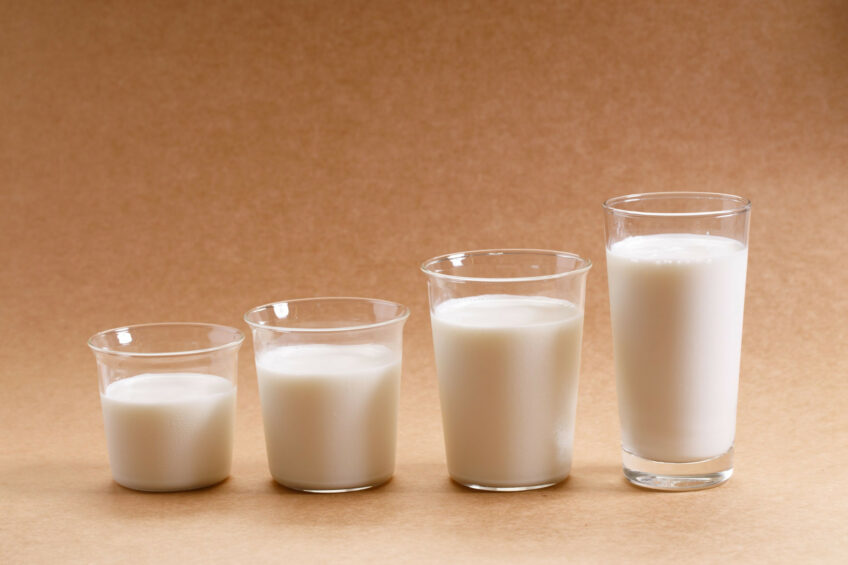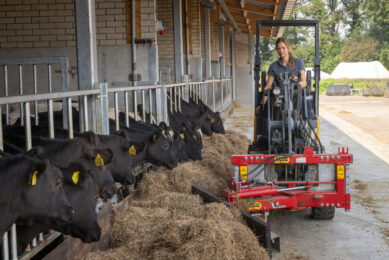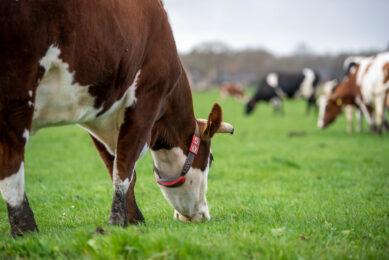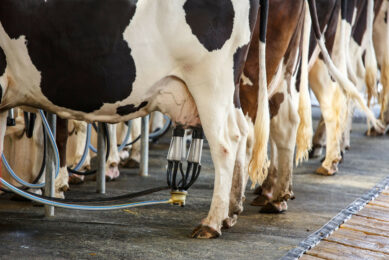UK dairy industry trends over the last decade

Average dairy herd size in the UK has reached a record as the industry continues to contract into larger, highly productive holdings.
Figures produced by consultants Kingshay show that in the year ending March 2024, dairy herd size averaged a record high of 219, which is an 18.4% rise compared to a decade earlier when the average size was 185.
But there is evidence that this figure is slowing as the average herd number in March 2004 was just 131. At the same time, stocking rates have also reached a record high of 2.39 cows/ha compared to 2.25 (2014) and 2.16 (2004).
Milk yields
Although milk yields have been relatively static in the mid 8,000 litres/cow range since 2019, the long-term trend is still slightly upwards (up 5.4%) to 8,441 litres/cow in the year ending March 2024 compared to 8,010 litres/cow 10 years ago. Milk solids reached a new record of 646 kg/cow, which represents nearly an 11% increase over the past decade. This is likely due to producers focussing on feed efficiency and fulfilling their milk contract requirements.
Spending on feed and concentrates
The report says that concentrate use reached a record high of 2,753 kg/cow in 2023/4, despite prices remaining the second-highest on record, but it was slightly lower than last year at £339/tonne. The past 2 years have seen the greatest spending on other purchased feed, at around £80/tonne, putting total purchased feed costs at £1.012/cow versus £692 a decade ago.
Milk price
Meanwhile, milk prices have fluctuated widely – from what was seen as a relatively high level of 32.24ppl in 2014 to a low of 23.65ppl in 2017, before rising to a high of 46.18ppl last year and then settling to average at 38.19ppl in 2023/4. As a result, margins have followed suit:
- 2014 – £1,890/cow and 23.59ppl
- 2017 – £1,337/cow and 16.71ppl
- 2023 – £2,863/cow and 33.86ppl
- 2024 – £2,210/cow and 26.18ppl
Kathryn Rowland, Kingshay’s senior farm services manager: “It is clear, despite the vagaries of the weather and feed costs, and the improving technical performance of farms, margins remain inextricably linked to milk price, meaning it is essential to continue to hit milk contract targets to maximise money in the bank.”
Join 13,000+ subscribers
Subscribe to our newsletter to stay updated about all the need-to-know content in the dairy sector, two times a week.










